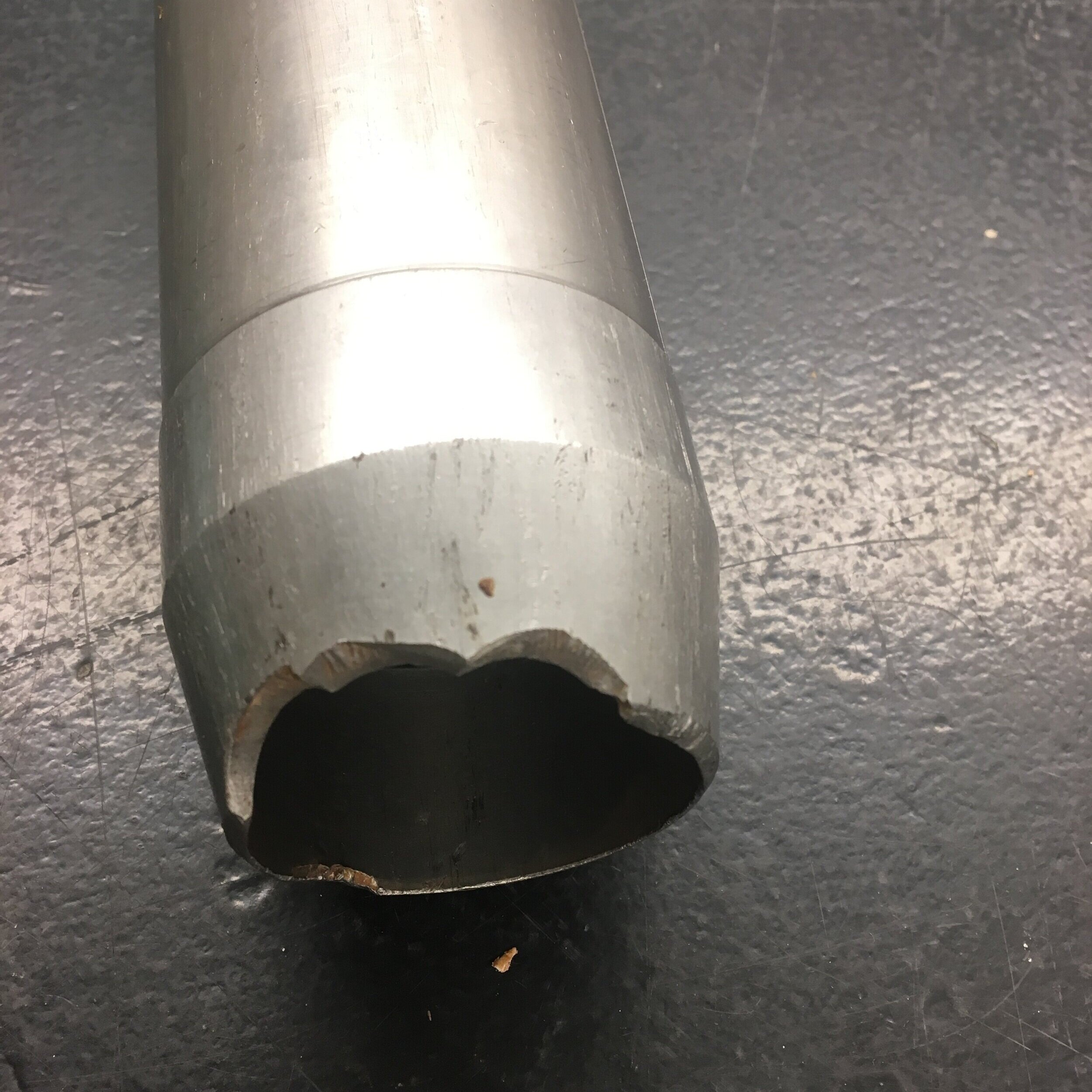Science blooper reel
Experiments proceed in an orderly fashion according to protocol. Sometimes. Science is all about precision, but just as in other disciplines, things don’t always go according to plan. As my summer field season comes to a close, I rejoice at the relatively smooth year it has been. I have learned some lessons from the previous two seasons, but I have also become accustomed to mishaps as the rule rather than the exception.
In my ideal science world, I wear a white lab coat and execute perfectly planned experiments. I do not live in that world. I work carefully, but there are always mistakes and accidents. I want to confess to some of my bloopers from the past three years. One of the worst kinds of mistakes is mislabeled or unlabeled samples and sloppy data sheets. If this sounds like no big deal, imagine that you have spent an hour traveling to a site, sweated and strained to extract soil and plants for six hours, then traveled back another hour. Upon your return you find the samples unlabeled. The whole laborious day was wasted! Other errors include: spilling samples, mis-conversion between units, using expired reagents, tools getting stuck or broken, neglecting plant samples until they rot, and forgetting to bring tools or datasheets to a field site. One day I shorted out the electricity in a lab by using my drying oven on a circuit that couldn’t handle it. There are plenty more.
Here are five of my greatest hits:
5) Melted plastic in the drying oven. These plastic sleeves were rated for 200 degrees C, so I put them in the oven at 105 degrees C—plenty of margin for error. There was a melt down anyway. I managed to get most of the deformed melted plastic out, but these bits are holding on.
4) Used the wrong chemicals for my test. These little samples are supposed to be all different shades of blue. The intensity of the color corresponds with nutrient levels in each sample. I used the wrong chemical in the reaction, so it did not work, and they all turned out the same color. It took a long time to set up this test and pipette 192 samples (there was a second plate just like this one)!
3) Apparently this tool doesn’t do well in rocky areas…
2) Broke my main tool. Remember the tool tip from number 3? This is the tool it goes with. It’s supposed to be straight. We bent it. This tool was a nightmare. The parts that screw together were always getting full of grit and stuck together. It required two wrenches and rage to get the pieces apart again. And then the samples often wouldn’t come out well, so I had to repeat the process three or four extra times. The last straw was bending the tool beyond use.
1) Caused an explosion. This reaction was taking a really long time, and it required me to sit there and add hydrogen peroxide slowly while stirring constantly over a low heat. After a few hours, my bright idea (that I read about it somewhere!), was to take the sample off the heat and just add a bunch of hydrogen peroxide and let it react slowly over time without supervision. This was the message I got about an hour later.










